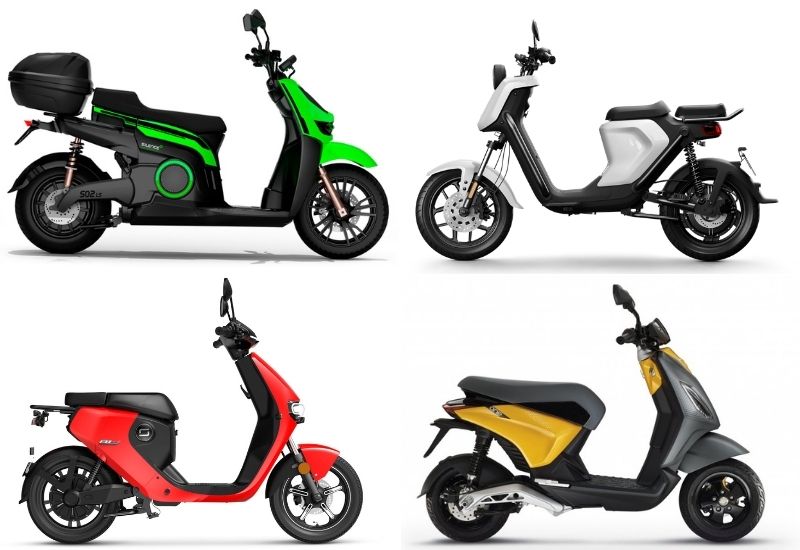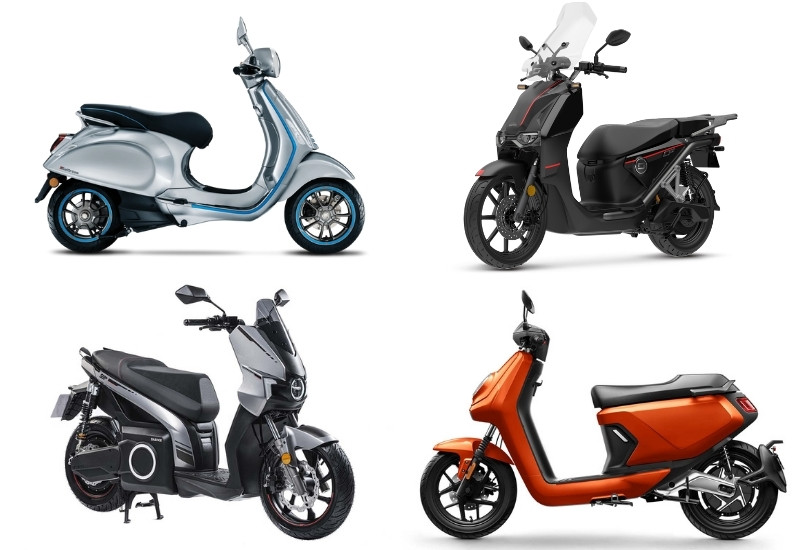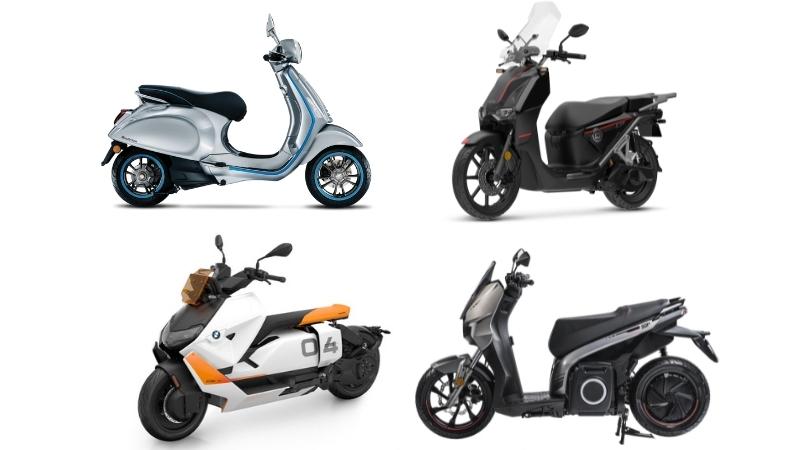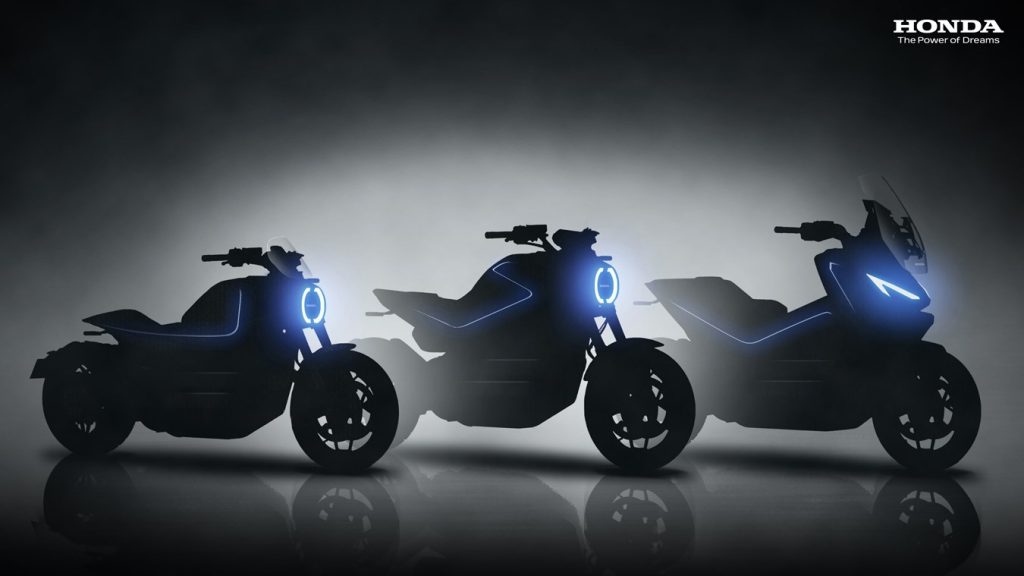
Honda focuses on electric with 10 new models by 2025 and sets a target of 3,5 million units sold per year, 15% of the total, in 2030. Honda declares that it will integrate solid-state batteries into its motorcycles , currently in development.
Honda focuses on electric with 10 new models by 2025 and sets a target of 3,5 million units per year, 15% of the total, in 2030. The Japanese manufacturer declares that it will reach carbon neutrality of all its products and business activities by 2050. Kohei Takeuchi (Director, Executive Vice President and Representative Executive Officer) and Yoshishige Nomura (Managing Officer) declared it in Tokyo during a press conference on the initiatives of the motorcycle division.
This is the press release released by Honda.
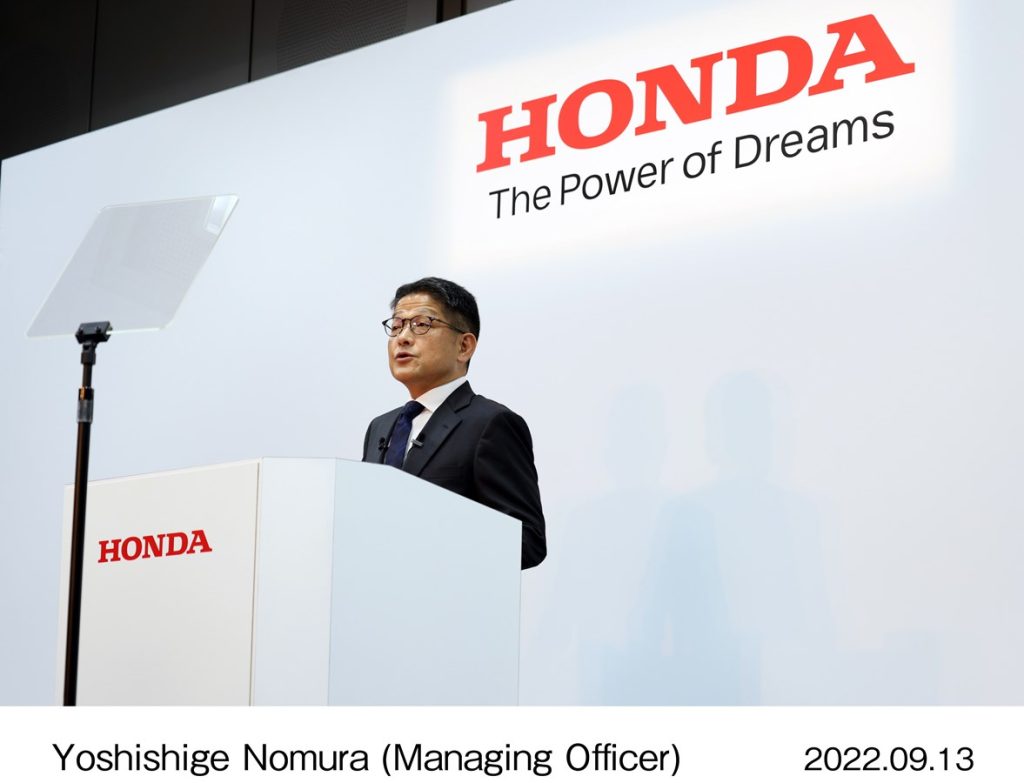
Approach to carbon neutrality of motorcycle products
To meet customer needs and environmental requirements around the world, Honda motorcycles range from small commuters to large tourers and are used everywhere from developed to developing countries. In developed countries, where customers use motorcycles in everyday life, commuters are in great demand. However, electric models also face challenges such as weight and price. Their demand largely depends on government incentives and regulations, as well as the availability of charging infrastructure.
Given these circumstances, Honda will continue to develop internal combustion engines while still accelerating on electrification - the main focus of its environmental strategies - with the aim of achieving carbon neutrality of all its motorcycle products by 2040 and therefore continue to be industry leader on the topic of the environment.
In order to achieve carbon neutrality while meeting all motorcycle specific requirements, Honda continues its initiatives to reduce CO emissions2 produced by internal combustion engines, while developing models powered by neutral fuels such as blends of gasoline and ethanol.
In addition to the flex-fuel model (E100) introduced in Brazil, Honda plans to launch flex-fuel models (20% Ethanol) in early 2023 and models in India, one of its main motorcycle markets. flex-fuel (100% Ethanol) in 2025.
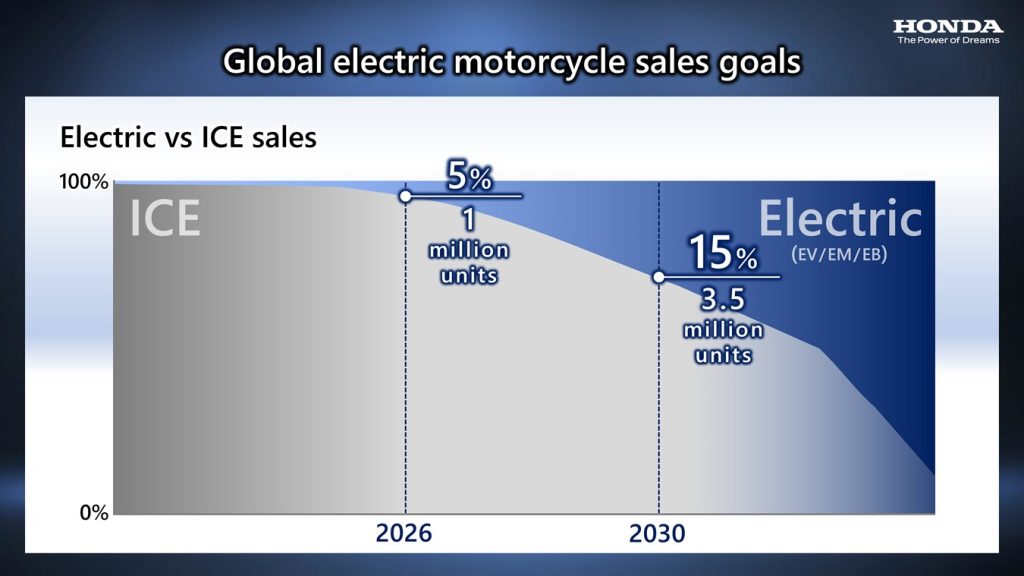
Initiatives on electrification
As the market expands, Honda will launch electric motorcycles capable of broadly responding to customer needs. With the launch of more than 10 new commuters and electric motorcycles by 2025, Honda aims to achieve annual sales of 1 million units within the next five years and 3,5 million units annually in the electric two-wheeler segment. (about 15% of total sales) by 2030.
EV Commuter - With companies becoming more environmentally aware, the demand for electric two-wheeled vehicles has grown a lot in recent years. To meet this demand, Honda offers the Honda e: Business Bike model series and is accelerating the global launch of electric two-wheeled business vehicles. In addition to supplying the Honda e: Business Bike to Japan Post and Vietnam Post Corporation for mail delivery, Honda is conducting joint trials with Thailand Post Company Limited, and planning to begin production and sales of the Benly model and: in Thailand by the end of this month. These Honda e: Business Bike models are equipped with Honda Mobile Power Pack (MPP) interchangeable batteries, which are ideal for small package delivery services and solve the problem of range and charging times, key challenges that need to be addressed to realize the widest use of two-wheeled electric vehicles. For private use, Honda plans to launch two EV commuter models between 2024 and 2025 between Asia, Europe and Japan. Coinciding with these projects, in light of continuing technological advances and market conditions, Honda will explore other power supply options alongside interchangeable batteries.
EM / EB commuter - More than 90% of the current world market for electric motorcycles (about 50 million units) is made up of EM (Electric scooter category. Max speed: 25 km / h-50 km / h) and EB (Electric bike category, excluding pedal assisted models. Max speed: 25 km / h or lower). In China, the largest market in the world, EM / EBs are a very popular and practical form of mobility and Honda uses its strength in local development speed to develop products for this market. Given the global expansion of the EM / EB market, Honda plans to launch five compact and affordable models by 2024 across Asia, Europe and Japan, as well as China.
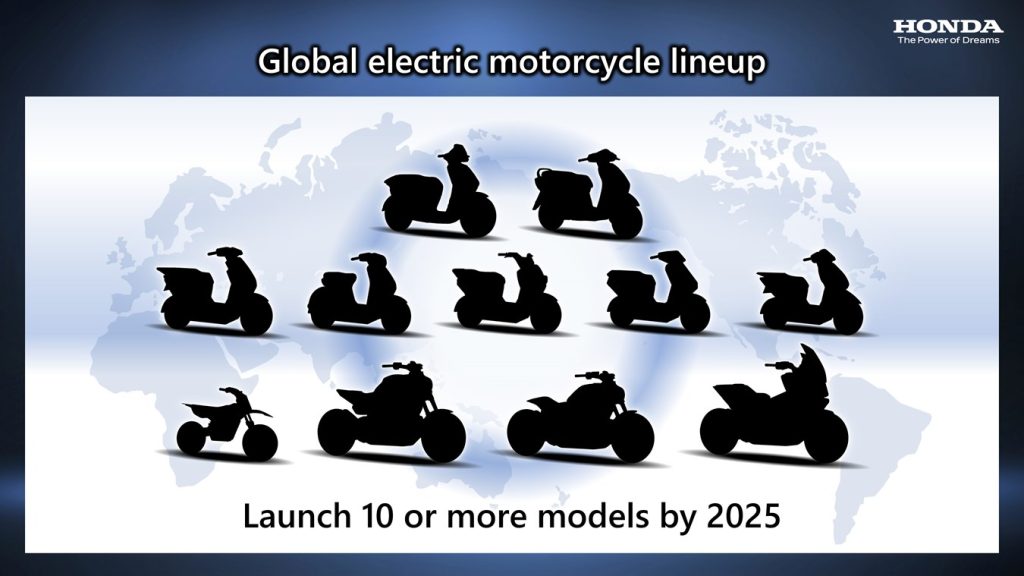
Battery - As for batteries, a key component of electric vehicles, Honda will leverage its resources by aiming to integrate solid-state batteries currently under development into its motorcycles.
In April of this year, in Japan, Eneos and the four main Japanese motorcycle manufacturers *6 They founded Gachaco, Inc., with the goal of launching a motorcycle battery sharing service this fall.
In Europe, Honda participates in the European consortium for batteries (Consortium of motorcycles with interchangeable batteries (SBMC) for motorcycles and light electric vehicles, which aims to spread the use of electric motorcycles and compact electric vehicles), and in India it is promoting through its partnership the standardization of interchangeable batteries.
To increase the added value of electric motorcycles, Honda will maximize the use of the resources of its Business Development Division, launched last April, which aims to transform the business from a hardware (i.e., physical products) business. non-recurring to a recurring activity that combines hardware and software.
For software development, Honda will rely on its subsidiary Drivemode to increase the creation of new value in the connected realm. Starting with EV commuters scheduled for 2024, Honda aims to launch a user experience that continues to enrich ride quality through connectivity, such as optimal routes based on the remaining range of the EV, information on charging stations, safe driving courses and after-sales support.
Looking ahead, Honda will work to build a connected platform that can generate more value by connecting not only its motorcycles but also Honda products and developing connectivity beyond its product domains.




To be updated on MotoE World Cup, subscribe to Epaddock's Whatsapp broadcast and receive all our news on your mobile phone in real time: find out how here.



